Showing 13–15 of 15 results
-
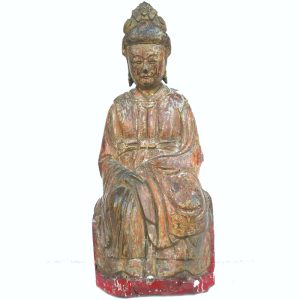
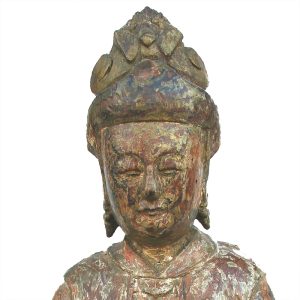
$525.00
H: 11.25” W: 4.625” D: 3.25” | FREE SHIPPING!
This provincial carving is the Queen Mother of the West, the most powerful female Taoist deity who is associated with all aspects of the female force (yin) : metal (one of the Five Elements), autumn, and the west. This small but well carved dense hardwood image made for private devotion on a home altar finely portrays her as a modest matronly figure holding her robe across her body creating deeply cut fold patterns seated on a red backless throne and wearing a large and well carved iconic phoenix in her headdress.
-
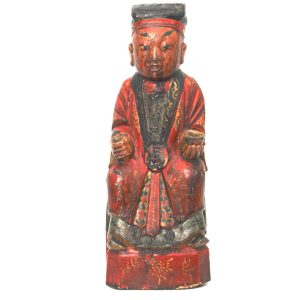
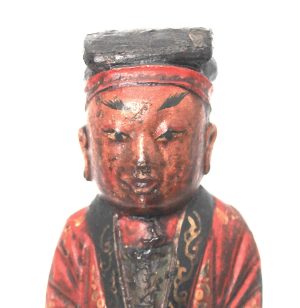
$295.00
H: 7.25” W: 2.75” D: 2” | FREE SHIPPING!
Taoist priests like this were placed on home altars to bring wishes of fu – a virtuous, prosperous and long to the home in which they were placed. This vibrant figure hold a ritual cup symbolically containing the elixir of life in his left hand. The open back cavity reveals the slip that was placed there during a consecration ceremony by a taoist priest.
-
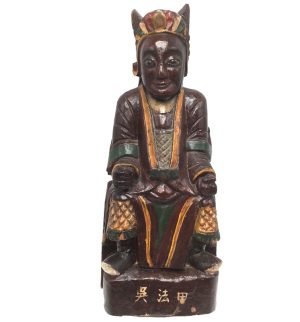
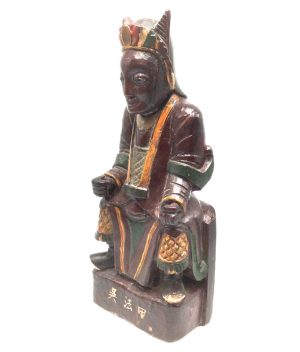
$295.00
H: 12.7” W: 3.375” D: 3”| FREE SHIPPING!
Images like this were commissioned by families to honor departed ancestors, and this family seems to have requested an amplified tribute by posing him with characteristics of Guandi, the god of war, or maybe it is Guandi very liberally depicted by a provincial artist. He sits on a high backless chair, hands on knees, one holding a small tael and the other poised to hold a sword, wearing military maille at the chest and knees, also used in depictions of Guandi. The calligraphy on the base is the name Wu (last) Fa Tian (first), the ancestor to whom the statue was dedicated.
End of content
End of content





